There was a time when we got to the boat ramp that we would remove our trailer lights before backing boat and trailer into the water. To prevent the lights from being dunked and their internal metal fittings from instantly corroding, we had mounted the fixtures with wing nuts on the bolts and installed separating connectors in wires. Then, a few years ago, we started switching our fleet of trailers over to LED lights and have been very happy with their longevity, even when dunked with every launching.
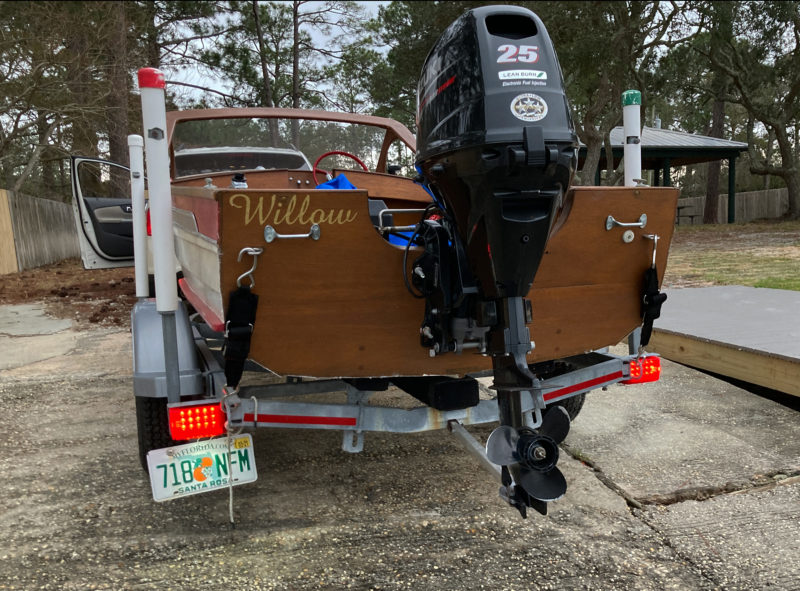 Kent and Audrey Lewis
Kent and Audrey LewisSubmersible LED lights are brighter, longer lasting, and quicker to illuminate than their incandescent predecessors.
LEDs, light-emitting diodes, provide bright lighting for trailers, much brighter than incandescent bulbs, making trailer lights more visible even during daytime towing. This is especially important with tail lights tucked under overhanging boats, making them harder to see. Research has shown that LED lights reach full brightness milliseconds faster, which translates to as much as 16′ more braking distance for vehicles following at 65 mph. And LEDs are less susceptible to failures caused by vibration while traveling down the road, and have a much longer life than incandescent bulbs, as much as 100,000 hours.
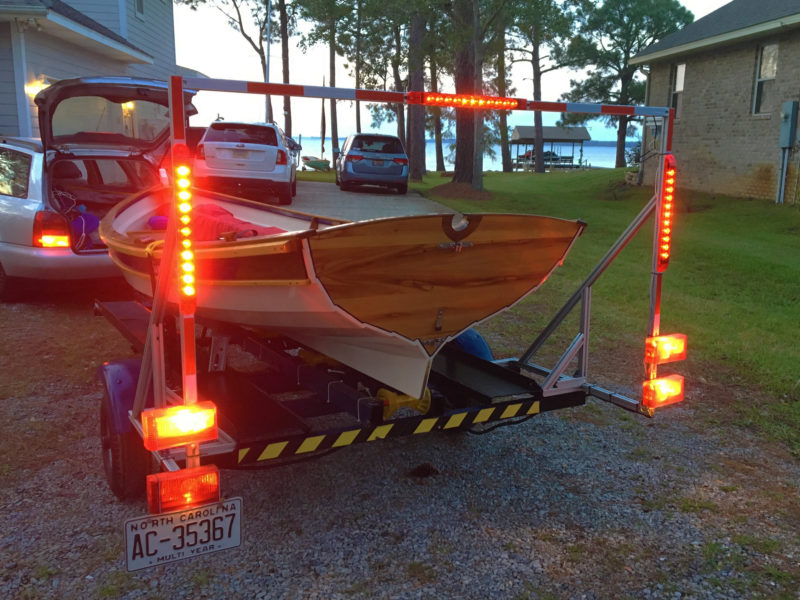 Kent and Audrey Lewis
Kent and Audrey LewisBecause LEDs draw far less power than incandescent bulbs, additional fixtures can be added without overloading the towing vehicle’s fuse box.
Our friend John built a beautiful Penobscot 14 and, worried that someone might drive into the back of the boat, added vertical and horizontal light strips to the back end of his trailer. We have also opted for supplemental lighting and attached LED lights to the top of our trailer’s guide posts. Our friend Eddie owns a boat-trailer business, and has sold many red LED light strips to folks who use them to make light bars that attach to a boat’s transom, providing additional lighting. He recommends adding a second plug to the vehicle’s wiring harness, and giving the light bar its own plug and wire so it can be easily disconnected and connected at the ramp. LED lights, because of their low amperage draw—one-tenth of incandescent equivalents—can be added to the trailer lighting without overloading the towing vehicle’s circuit and fuse. A four-way plug and wire to the light bar provides the ground.
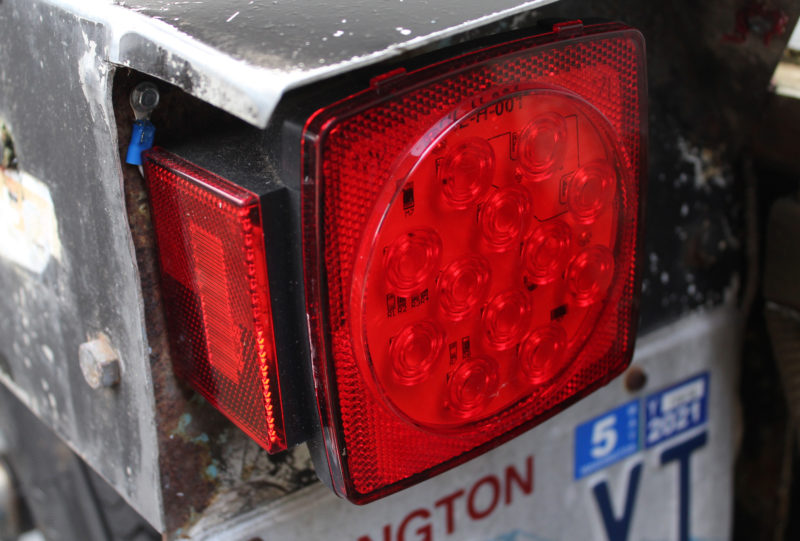 SBM
SBMThis square submersible LED fixture is an equivalent replacement for common trailer lights.
The square fixture’s LEDS are protected by permanently attached red lenses. Note the ground wire screwed to the trailer frame in the upper left.
 SBM
SBMThis rectangular fitting has removable red lenses and a clear lens in the bottom to illuminate the license plate. The fixture doesn’t have watertight seals on the lenses as it doesn’t require them. Water drains through the bottom.
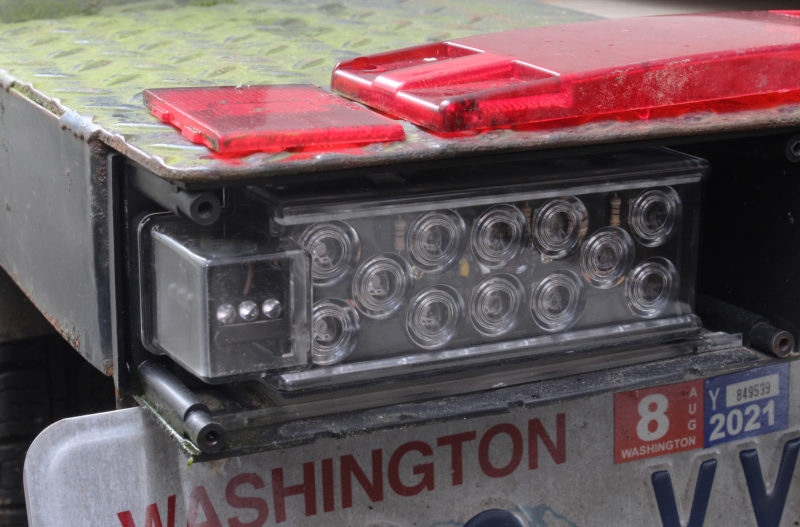 SBM
SBMThe LEDs inside are all protected by interior clear lenses, permanently sealed and watertight.
When shopping for LED trailer-light kits, look for fixtures with submersible, sonic-welded housings, even though most LED trailer lights have sealed diodes and electrical components that can stand a dunking at the ramp whether the housing is sealed or not. Housings can be permanently sealed because the LEDs have such long working lives and won’t require replacement. It is usually easiest to buy an entire kit that includes wire and plug, as these parts degrade with age. Make sure the wire is long enough for your trailer. If the wires are enclosed by the trailer frame parts, use the wires as you would an electrician’s fish tape to pull the new wires through.
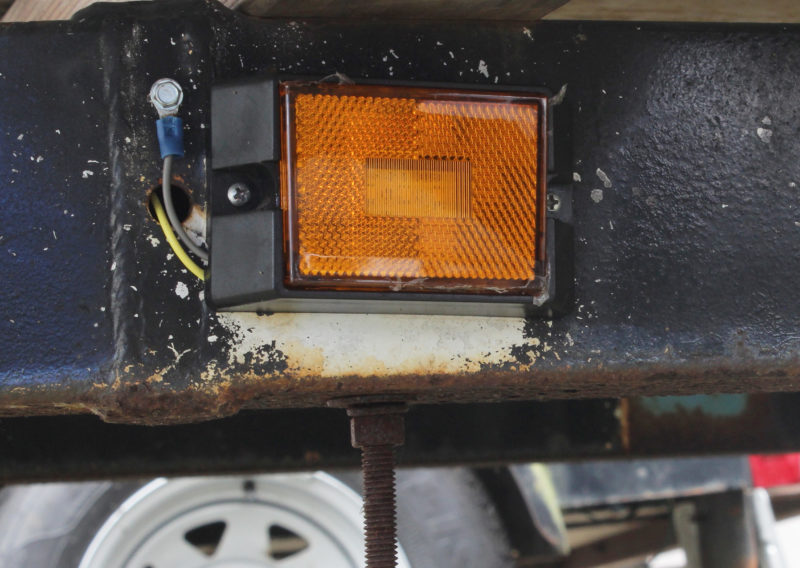 SBM
SBMThis sealed amber clearance light is grounded to the trailer. This replacement required drilling a new set of holes for the screws that attach it to the trailer frame.
Some kits include amber clearance lights for trailers equipped with them; white LED back-up lights are also available for towing vehicles with connectors equipped with a wire to power them.
LED trailer lights have kept us free from unexpected interruptions to boating outings, will save us plenty of lost time troubleshooting inoperative trailer lights, and have cleared out a glove box once full of spare incandescent bulbs.![]()
Kent and Audrey Lewis maintain a fleet of five trailers to haul around a small armada of mess-about boats. Their adventures are blogged at Small Boat Restoration.
Submersible LED boat trailer lights are available from many automotive, marine hardware, and online retailers. Kit prices range from $20 to $40.
Is there a product that might be useful for boatbuilding, cruising, or shore-side camping that you’d like us to review? Please email your suggestions.
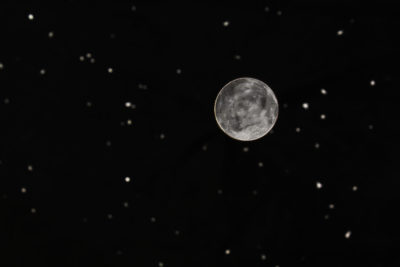
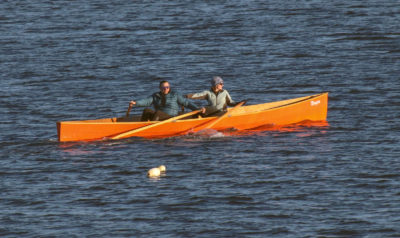
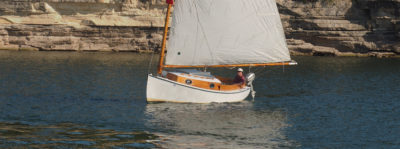
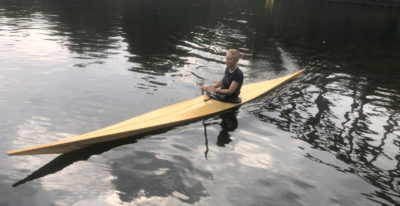
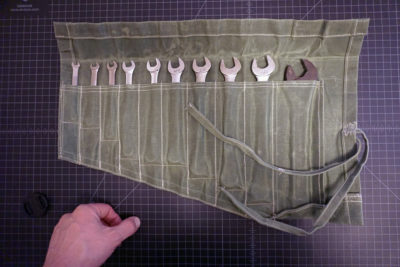
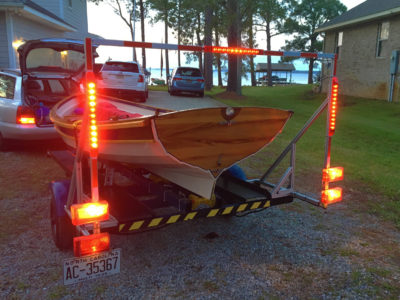
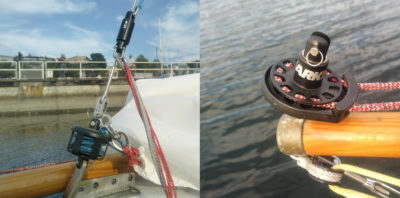
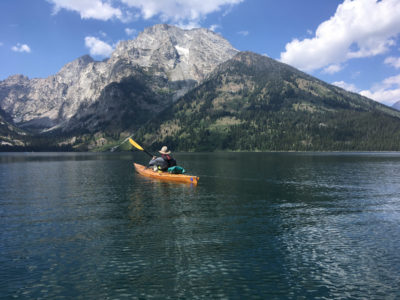
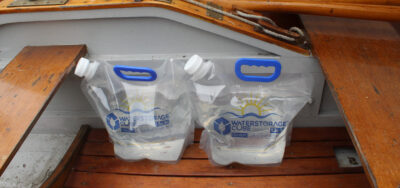

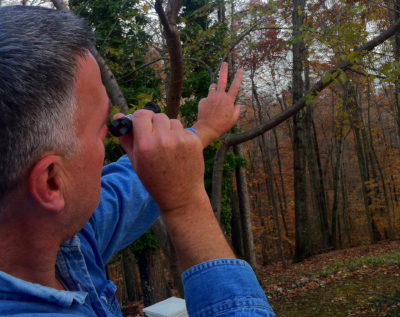
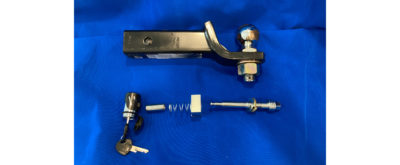
For years I endured endless agony over boat trailer lights, including several sets of alleged but ultimately bogus “submersible” lights. I can’t count the number of times I installed new lights or rewired old ones in my driveway or the marina parking lot, usually in the rain. One time a thief even snipped the wires, apparently to steal the plug off the parked trailer at the marina.
Three years ago I bought a pair of bluetooth-actuated taillights. A transmitter plugs into the outlet, and the battery-powered LED lights stick onto the trailer with magnets that seem plenty strong to survive road bumps. As long as you remember to remove the lights before backing into the water, it seems foolproof. So far, it’s worked without problems.
Now, if only someone would invent trailer-wheel bearings that are truly sealed against water intrusion.
Just a concurring comment re. the Lewis’ article on LED trailer lights. I replaced the (awful) lights on a Trailex trailer with sealed LEDs, and have the same lights on a transom mounted light bar. 6 years on no failures of the lights and no-one has rear-ended me yet.

Nice lights but tell us more about THE BOAT! It looks very interesting. And a sideview pic would be nice too.
Glad to hear someone who’s having success with less.
I have replaced 3 sets of them in 2 years and have tried everything.
Rewired and actually ran separate ground wires for each fixture.
Within 3 months they either light half way or not at all and you can’t just replace bulb and be on your way, the whole light needs replaced.
If your in a remote area you may have to drive several miles with no lights until finding a new fixture.
I’m going to stick with regular bulb lights which lasted 20 years and only have to replace bulbs.
My lights are also up out of the water on guide poles so they never get wet.
Good luck!
Good article, it’s time to switch over to the LEDs. The frame at the end of the trailer with extra lights is now on my to-do list.